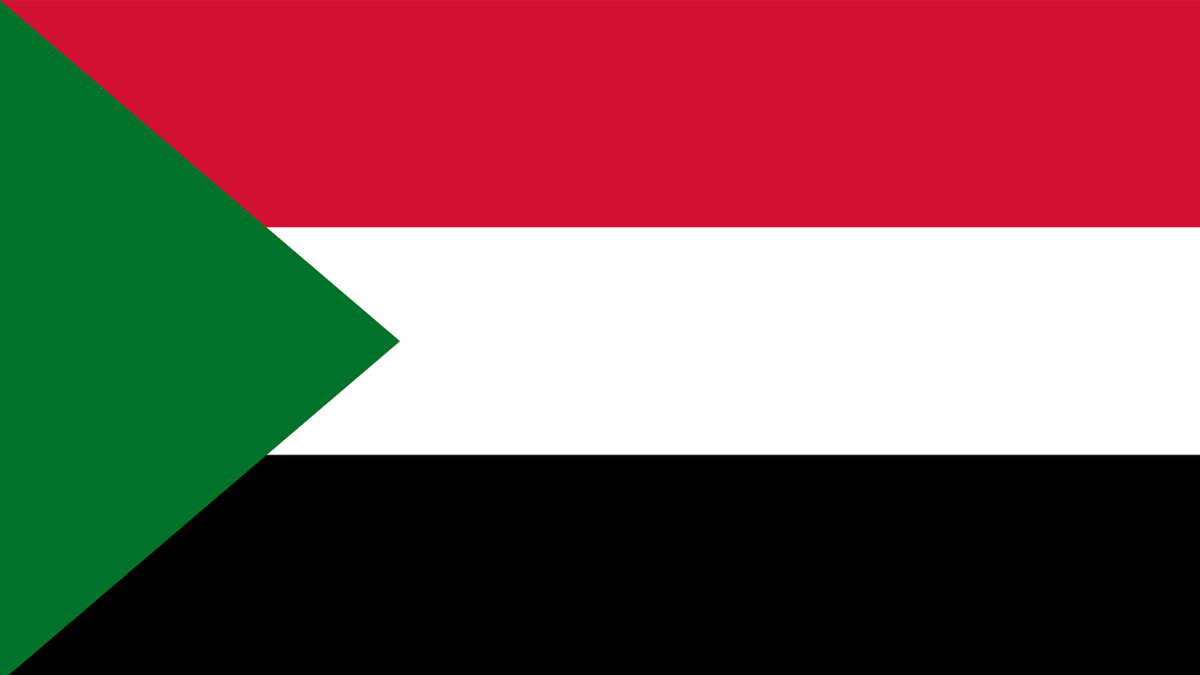EGYPT: On Saturday morning, the Sudanese capital Khartoum was comparatively tranquil as a 24-hour truce brokered by the United States and Saudi Arabia went into force, opening a window for humanitarian aid and giving the populace a break from the fierce fighting.
A series of truce violations between the Sudanese army and the paramilitary Rapid Support Forces (RSF), whose power struggle erupted in carnage eight weeks ago and resulted in a humanitarian disaster, led to the momentary ceasefire.
In a statement announcing the most recent ceasefire, the U.S. and Saudi Arabia stated they shared “frustration” over the violations and warned to call off the ongoing indirect talks if fighting persisted.
The battle has created a war zone in the Khartoum metropolitan area, including its sister cities Bahri and Omdurman, and it has sparked unrest in the western Darfur and Kordofan regions.
Residents reported anti-aircraft missiles shooting in southern Khartoum and the Sharg el-Nil district across the Nile, which also experienced air strikes before the ceasefire began at 6 a.m. (0400 GMT).
More than 1.9 million people have been displaced by the conflict, at least 200,000 of them have crossed the border into Egypt. Those who made the exhausting trip have lamented the unpleasant circumstances and protracted wait periods.
On Saturday, two individuals who attempted to cross the Ashkeit border claimed they had been turned away because of a new law that requires all Sudanese to obtain visas before entering Egypt, reversing a long-standing exemption for women, children, and the elderly.
The new policy was verified by Ahmed Abu Zeid, a spokesman for the Egyptian Foreign Ministry. He said that authorities had learned that some people and groups on the Sudanese side were engaging in illegal activities, including issuing counterfeit visas.
He added that the requisite technology had been given for the timely issuance of the visas and that Egypt’s goal was not to organise admission but rather to forbid it.
In the week since the previous ceasefire expired on June 3, there has been fierce combat, even close to important army bases.
Late on Friday, the U.S. State Department announced that it was establishing a website called the Sudan Conflict Observatory that will publish the findings of satellite surveillance of the fighting and ceasefires.
The observatory’s initial report described “widespread and targeted” devastation of telecom, power, and water infrastructure.
Additionally, it listed seven attacks on schools, mosques, and other public facilities in El Geneina, the country’s westernmost city, which has experienced strong militia attacks while experiencing a telecom blackout, as well as eight “systematic” arson attacks that destroyed towns in Darfur.
A local doctors’ union described the area as a “ghost town” and said that there had been several violations of human rights, such as blockading the city, depriving residents of water, and killing the elderly.
Residents have said that some of the men who stormed the city were wearing RSF uniforms.
Prior ceasefires had permitted some humanitarian access, but aid organisations claimed that looting, bureaucratic control, and fighting continued to be obstacles.
The medical aid organisation MSF reported on Saturday that RSF soldiers had halted its personnel and “obliged” them to issue a statement, which the forces then disseminated.
Sudan’s army and the RSF, a parallel force that has been operating lawfully since 2017, clashed over plans to combine their personnel and reorganise their chain of command as part of the country’s transition to civilian governance four years after a popular revolt deposed President Omar al-Bashir.
Also Read: US, Saudi Arabia Calls for Extension of Week-long Ceasefire in Sudan

